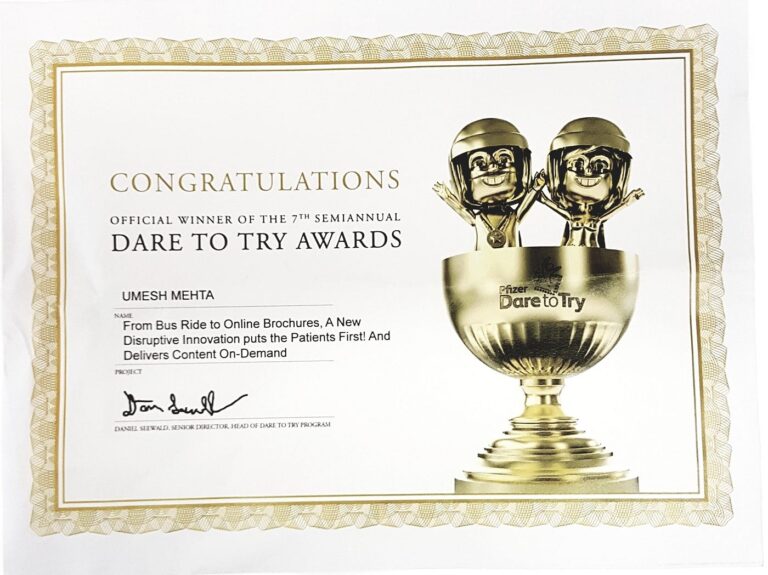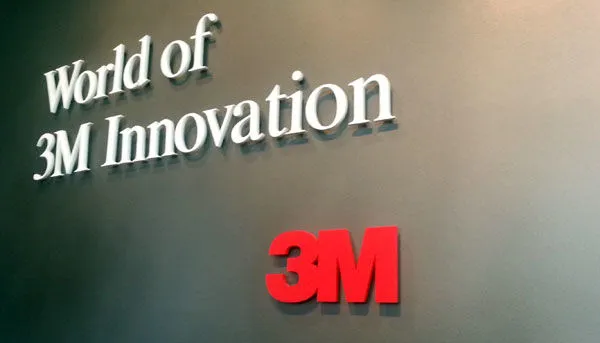Once successfully implemented, a growth operation incites innovation from the bottom up. Everyone on the basis of the pyramid is able to suggest an idea with a hypothesis. The growth team is responsible for operationalizing it through tests and experiments. And the top is still the decision maker — but, this time around, full of data and insights providing clarity on that decision.
However, achieving success in a growth operation is a complex process. Most successful implementations happened from the top down. High-level executives get educated on the methodology, its applications, and potential outcomes. Middle-level executives build strategies around it. Growth teams run the process around it and boom: you start to catalyze growth.
There’s, however, a big gap between both worlds: companies starting to implement growth and companies with growth in their DNAs. And when crossing that chasm, having understanding, support, and engagement company-wide can make or break your big plans.
In this post, we will distill how some companies are gamifying the process to gain more commitment company-wide:
.elementor-heading-title{padding:0;margin:0;line-height:1}.elementor-widget-heading .elementor-heading-title[class*=elementor-size-]>a{color:inherit;font-size:inherit;line-height:inherit}.elementor-widget-heading .elementor-heading-title.elementor-size-small{font-size:15px}.elementor-widget-heading .elementor-heading-title.elementor-size-medium{font-size:19px}.elementor-widget-heading .elementor-heading-title.elementor-size-large{font-size:29px}.elementor-widget-heading .elementor-heading-title.elementor-size-xl{font-size:39px}.elementor-widget-heading .elementor-heading-title.elementor-size-xxl{font-size:59px}
Amazon Just Do It Awards

In ’98, the customer service team at Amazon had a queue with 250 open tickets. An associate had an idea: whoever could close out 250 inquiries in 24 hours would receive an extra $200.
All tickets were successfully closed. When Jeff Bezos heard about the case, he thought what were the points that made this successful:
- She had undertaken the effort on her own initiative. She wasn’t asked to come up with a solution to the problem.
- She didn’t ask for permission, which would have slowed down the process
- Her idea was well thought
- Her idea was a success (the least important point).
The “Just Do It” Award was created right there, aiming at incentivizing two core principles across the company: innovation and bias for action. Bezos himself makes the final decision on who receives the award, which is only bestowed twice a year across the 600,000+ person company and has become one of Amazon’s most coveted honors
Pfizer Dare To Try

If it’s hard enough to encourage experimentation and risk-taking in startups and SMBs, imagine how harder it is for a multinational corporation in the pharma industry. But knowing the potential for impact of such initiatives, as well as the need for speed, innovation, and experimentation, Pfizer didn’t give up.
That’s why 10 years ago, they created the “Dare to Try”: a company-wide program that uses various tools, training sessions, and a network of self-nominated “champions” to fail “freely but inexpensively” until success is found.
Dare to Try has become less a program than a brand, responsible for finding creative solutions to many of the difficulties and puzzles Pfizer encounters as a major organization.
On top of brainstorming solutions to practical problems, Pfizer’s Champions run training programs and act as general “evangelists” within the organization, doing the legwork of extolling innovation and encouraging a culture of experimentation
3M Innovate or Die

Building materials, cleaning supplies, coatings, adhesives, abrasives… chances are you have used at least one of 3M’s products and may not even have noticed. Staying relevant in such a crowded and commoditized space is no easy task. 3M, however, has been able to stay on the top of their league, earning the US government’s highest award for innovation, the National Medal of Technology and consistently ranked in the top 20 in the Most Admired Companies list from Forbes. How did they do it?
One of their listed strengths is: to give employees opportunities, support them, and watch them learn and thrive.
Another initiative is something similar to Amazon’s Day 1 rule: 30% of each division’s revenues must come from products introduced in the last four years.
3M has created measurement and reward systems that tolerate mistakes and encourage success. 3M rewards successful innovators in a variety of ways:
- the Carlton Society, named after former company president Richard P. Carlton, honors the top 3M scientists who develop innovative new products and contribute to the company’s culture of innovation;
- the Golden Step is a cash award that recognizes top achievers.
- the Innovation Mindset in Action Program: focuses on giving promising employees opportunities to learn and grow while providing them with support from senior management. It also encourages collaboration between different departments and teams within the company, allowing them to work together on innovative projects.
- the 15% Rule: allows employees to spend up to 15% of their working time on projects of their choosing
Google’s 20% Project

Google also created its own version of the 15% rule from 3M, but actually added another 5% to it, becoming the 20% Project.
Employees were encouraged to spend up to 20% of their paid work time pursuing other projects. The whole point is to foster innovation and creative thinking (and action).
Based on the products that came out from such a project, we can probably assume it’s a success:
- Gmail
- AdSense
- Google News
- Google Dremel
Key Takeaways
While the growth methodology is a pretty easy-to-understand step-by-step process, the surroundings that influence a successful growth program should not be neglected. Culture (or behavior), which is often overlooked, might be the one with the biggest weight.
- Internal ideas are often the ones most likely to succeed.
- Cross-collaboration projects bringing colleagues from different backgrounds altogether are often the most innovative ones.
- Bias for action significantly increases the testing volume and velocity, which is directly correlated with successful experiments.
- Freedom to try and to take risks must be encouraged and promoted company-wide.
- A safety net culture encourages employees to take risks without the fear of being punished.
- Incentives must be aligned for action to take place
The post Gamifying Growth Engagement first appeared on GrowthHackers.com.
Originally published on GrowthHackers Trending : Original article